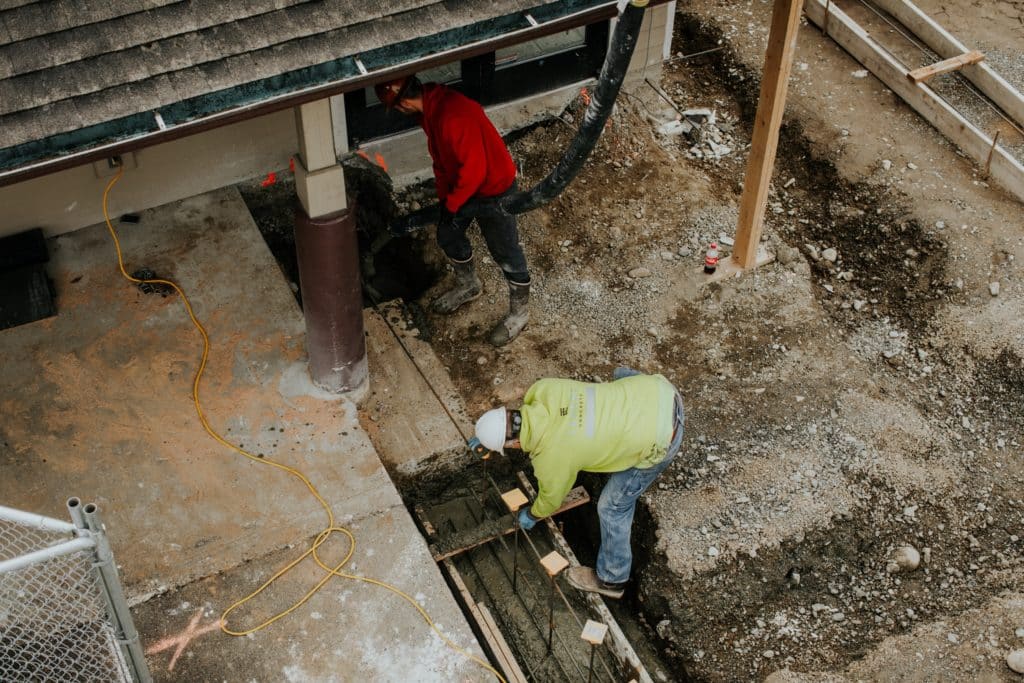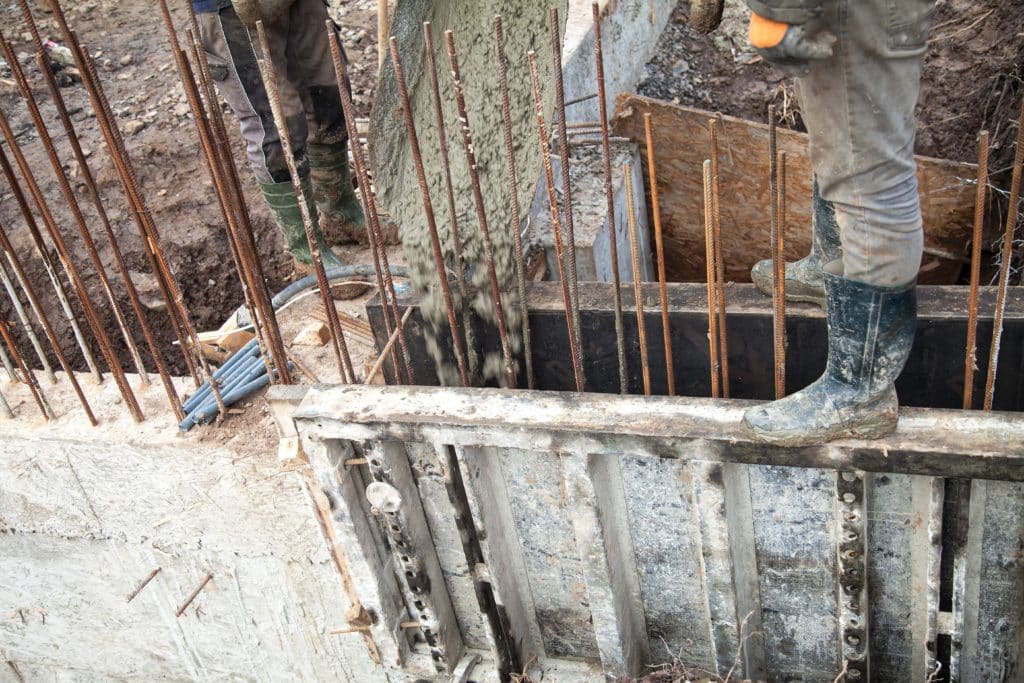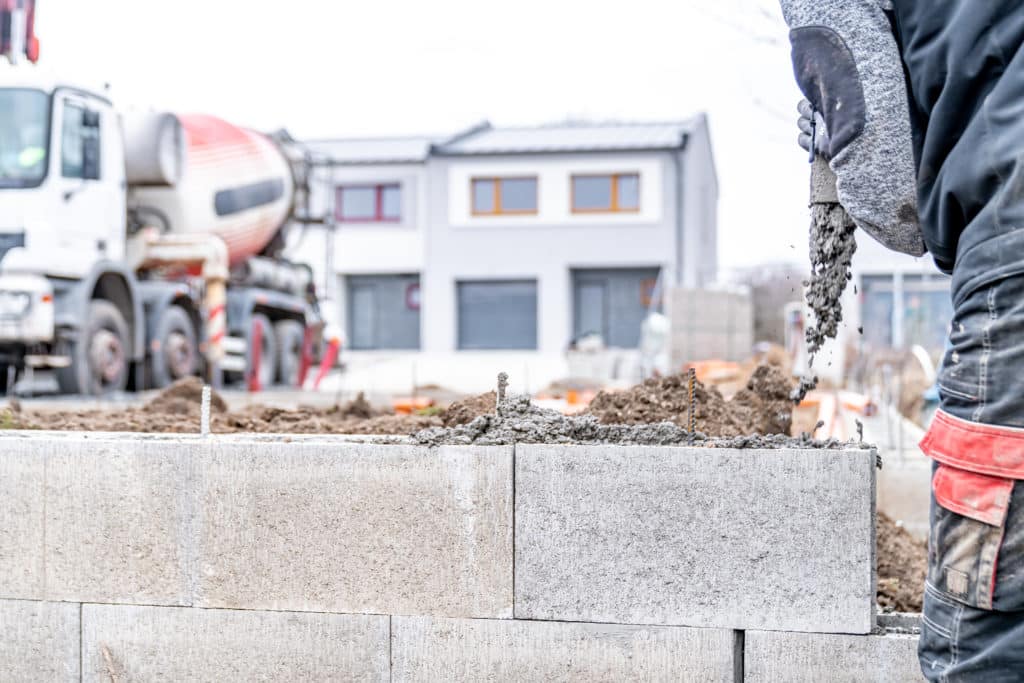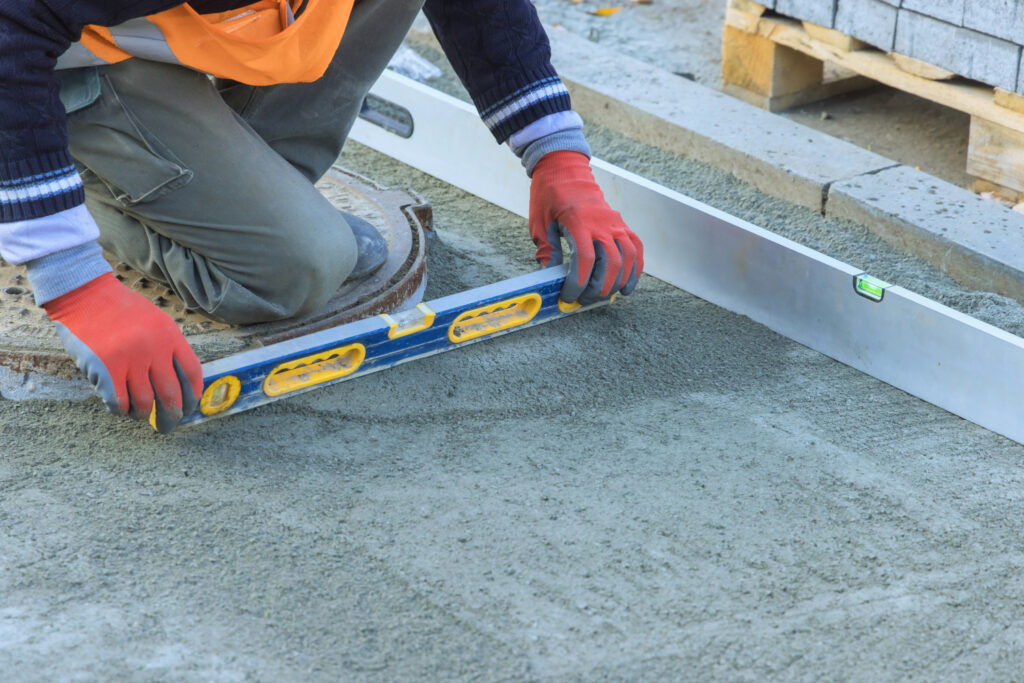The structural integrity of a home rests significantly on the condition of its concrete foundation. Over time, environmental stressors such as moisture, temperature fluctuations, and shifting soil can lead to the concrete foundation crumbling. It is crucial to address these issues promptly to prevent more severe and costly damage. Repairing a crumbling concrete foundation involves a thorough preparation of the affected area, including the removal of loose concrete and debris to create a clean, solid surface for the repair materials to adhere to.

Tools and techniques play a pivotal role in the effectiveness of repairs to a concrete foundation that is crumbling. Homeowners may use simple hand tools for minor repairs or opt for more advanced equipment for larger jobs. While DIY solutions can be effective for minor issues, larger or more complex problems typically require professional assessment and intervention. Ensuring that the repair materials bond properly with the existing concrete is vital, and this often involves using a bonding agent or cement paint to create a receptive surface.
Understanding the proper procedures and utilizing the right materials are integral to repairing a crumbling concrete foundation successfully. Adequate knowledge and preparation can lead to durable repairs, maintaining the integrity of the home and ensuring its safety and stability for years to come. For a detailed step-by-step process on how this can be done, insightful guidance can be found in resources like Ask the Builder and Foundation Pros of Florida which provide practical advice and expert techniques for handling such home repairs.
Assessing Concrete Foundation Damage

Before starting repairs on a concrete foundation, it is crucial to assess the extent of the damage accurately. Understanding the severity and cause of crumbling and spalling is essential in addressing any underlying structural issues, ensuring a durable repair.
Identifying Signs of Crumbling and Spalling
Crumbling of concrete is often visible as small pieces of concrete that break away from the surface, a process also known as spalling. This damage typically occurs due to moisture penetration, freeze-thaw cycles, or the presence of salts. One should look for areas where the concrete has a pitted or flaky appearance. If moisture is evident or there are areas of disintegration, it suggests that spalling is currently active and could lead to more significant structural issues if left unaddressed.
- Signs to identify include:
- Pitted surface
- Flaking concrete
- Presence of fine dust or powder
Evaluating Structural Integrity
Assessing the structural integrity is a critical process that determines if the concrete foundation requires simple surface repairs or more in-depth intervention. One should check for cracks that extend deep within the foundation, as they can indicate a severe structural issue. Horizontal cracks, in particular, may suggest pressure from the soil outside the foundation, while vertical cracks might be less concerning if they do not change over time.
- Evaluation includes:
- Depth and pattern of cracks
- Signs of ongoing movement or widening of cracks
- Presence of moisture and its potential sources
In cases where you find extensive damage, it is advisable to consult a structural engineer to determine the need for more comprehensive repairs.
Preparation for Repair

Before starting any concrete foundation repair, proper preparation is critical to ensure the success and longevity of the repair. This includes cleaning the affected area thoroughly and assembling all the necessary materials beforehand.
Cleaning the Affected Area
To begin, one must clean the area that needs repair. Removing any loose concrete and dust is essential for a strong bond between the new and existing concrete. A stiff scrub brush can be effective for clearing finer particles. For larger pieces of debris or more stubborn sections, a hammer and chisel or a rotary-hammer tool can be employed. Cleaning ensures that there is no barrier to adhesion when applying repair materials.
Gathering Necessary Materials
Having the correct materials at hand is crucial for an efficient repair process. One would need:
- Concrete mix or patching compound
- Portland cement for creating cement paint
- Water for mixing
- Mixing container
- Tools for application (trowel, float)
- Stiff brush or broom for cleaning
- Chisel, hammer, and rotary-hammer tool for removing debris
- Safety equipment (gloves, goggles)
Each material plays a role in repairing a crumbling foundation effectively. For instance, the cement paint, a mixture of Portland cement and water, acts as a bonding agent when applied to dampened old concrete. The structural integrity of the repair can be compromised without these materials, hence their presence is imperative.
Concrete Foundation Repair Techniques

Concrete foundation repair is integral to maintaining the structural integrity of your property. Choosing the appropriate technique is crucial, whether it’s a simple quick-fix for small defects or a more substantial repair for larger areas of damage. Here are some specific methods.
Patching Small Defects
For small cracks and chipping, one should use a patching compound that closely matches the texture and color of the existing concrete. It is important to clean the area from any debris and moisten it slightly before application. Once the area is prepared, apply the patching compound firmly to ensure it adheres well to the surface.
Filling Larger Holes
When dealing with larger holes, a stronger mix such as Portland cement may be necessary for a durable repair. First, remove any loose or crumbling concrete from around the area, then dampen with water to ensure a strong bond. Mix the repair material to a sandy texture, and fill the hole, pressing the mixture in firmly to eliminate air pockets.
Finishing Touches for Texture and Color
For the repair to blend seamlessly, achieving the right texture and color finish is essential. If repairing concrete steps, for instance, one might use cement stucco to mimic the texture of the original steps. To match the color, add colorant to the mix or apply a concrete stain after the repair has cured. For lasting results, finish with a sealant appropriate for the repaired surface.
Preventing Future Damage

To ensure the longevity of a concrete foundation and prevent future damage, homeowners must focus on maintaining proper drainage and applying sealants. These measures are critical in protecting the foundation against water intrusion, which is often the primary cause of concrete deterioration.
Improving Drainage
Improper drainage can lead to water accumulation near the foundation, which increases the risk of structural damage. Homeowners should ensure that the ground around their home slopes away from the foundation, facilitating proper drainage. This can be achieved by:
- Checking gutters: Regularly clean gutters and ensure downspouts extend at least four feet away from the foundation walls.
- Installing French drains: A French drain system can be an effective solution to redirect water away from the foundation, particularly in areas prone to heavy rainfall or where the natural slope is insufficient.
Applying Sealants
Sealants provide a waterproof barrier that protects old and new concrete alike from moisture penetration. The application of sealants is a prudent step in safeguarding the foundation from water damage. Homeowners should:
- Select the right sealant: Use a concrete sealant designed for foundation protection, preferably one that is silane or siloxane-based, as these are known for their deep-penetrating and waterproofing properties.
- Regular maintenance: Inspect the foundation yearly and reapply sealant as necessary, especially if signs of wear or aging concrete are visible.
When to Seek Professional Help
Deciding to tackle foundation repairs can be daunting, and it is essential to recognize when the job requires professional intervention. Ensuring the structural integrity of a home is critical, and not all foundation issues are suitable for DIY methods.
Complex Structural Repairs
In cases where the foundation damage is extensive, affecting the overall stability of the structure, one should not attempt to repair a crumbling foundation on their own. Structural engineers or experienced foundation repair professionals can assess the severity of the issue. They have the expertise to determine if there is a need for piers, underpinning, or other structural stabilization solutions. Complex repairs often go beyond mere patching and require a thorough understanding of load-bearing walls and the underlying soil conditions.
Consulting a Professional for Safety
Safety is the paramount concern when it comes to foundation repair. An individual might recognize signs of deterioration, such as small cracks or crumbling in concrete, but only a professional can identify deeper issues that compromise safety. Experts have the training to execute repairs in a manner that upholds the building codes and standards. For substantial damage, consulting with a professional ensures not only the safety of one’s home but also the wellbeing of its occupants during and after the repair process.

 CALL US NOW
CALL US NOW



